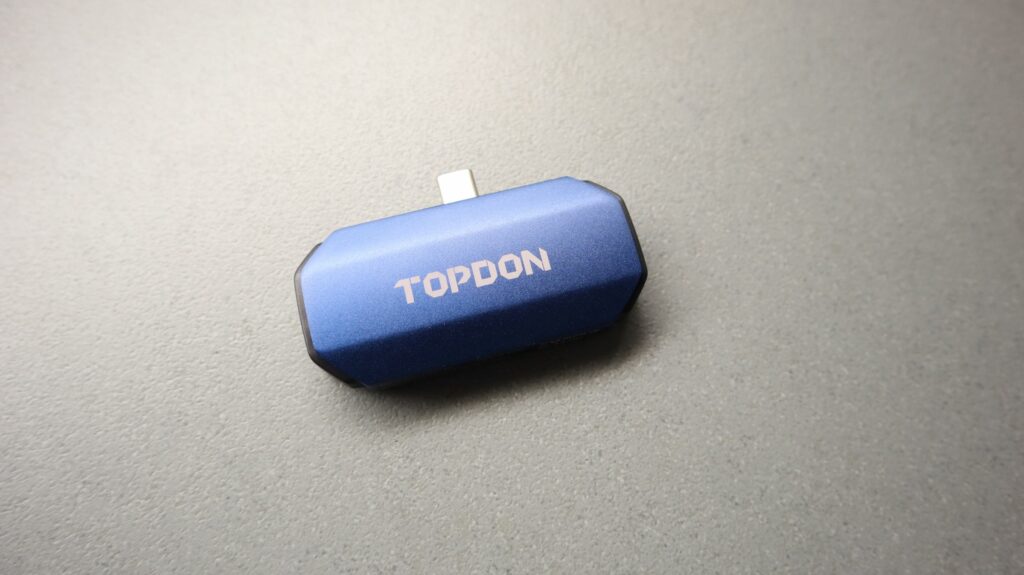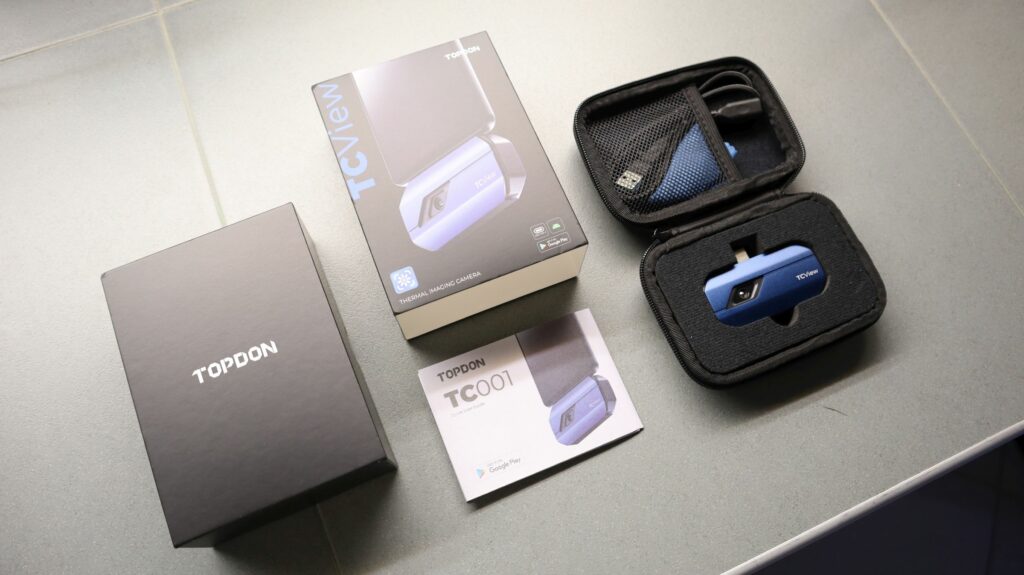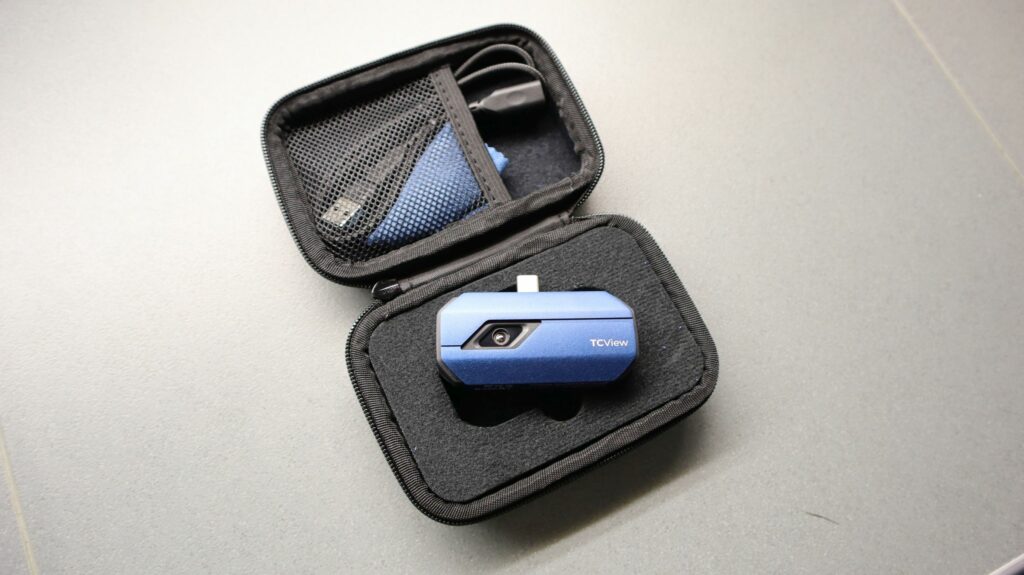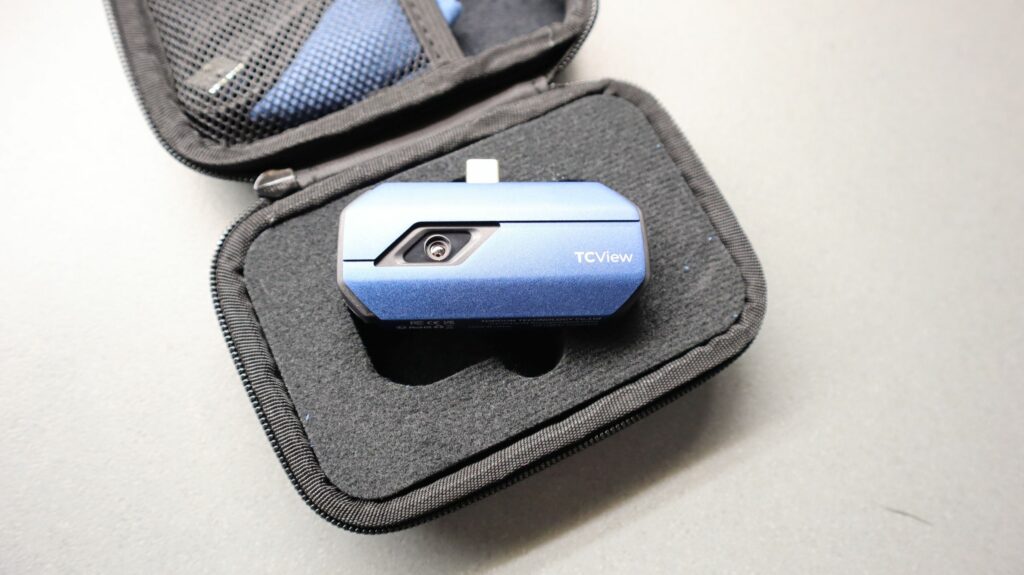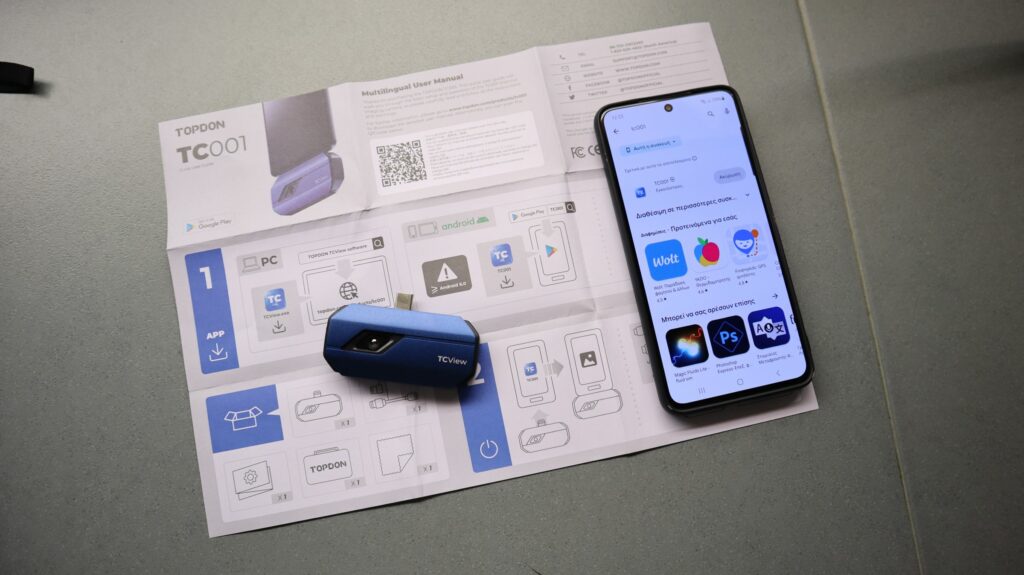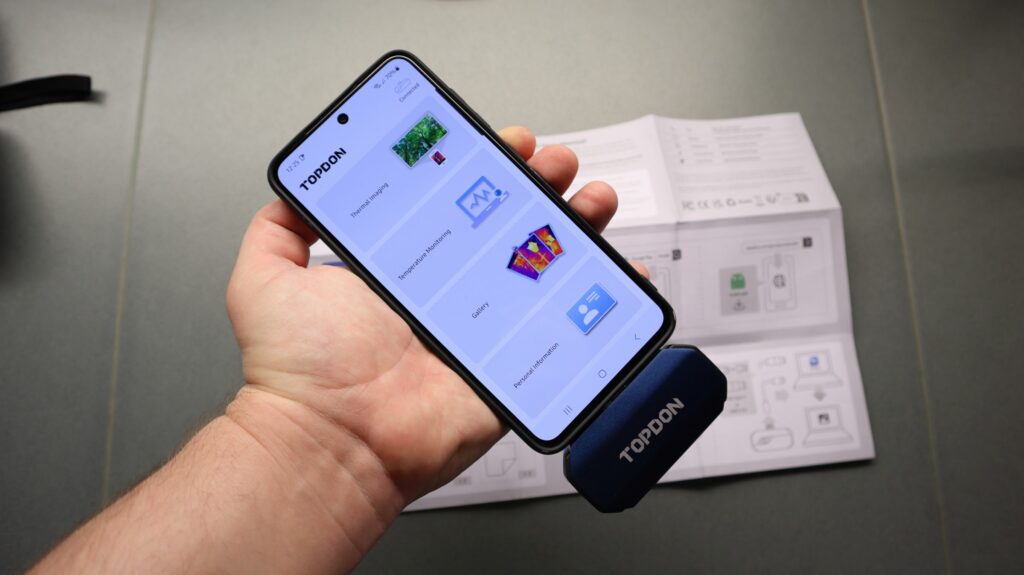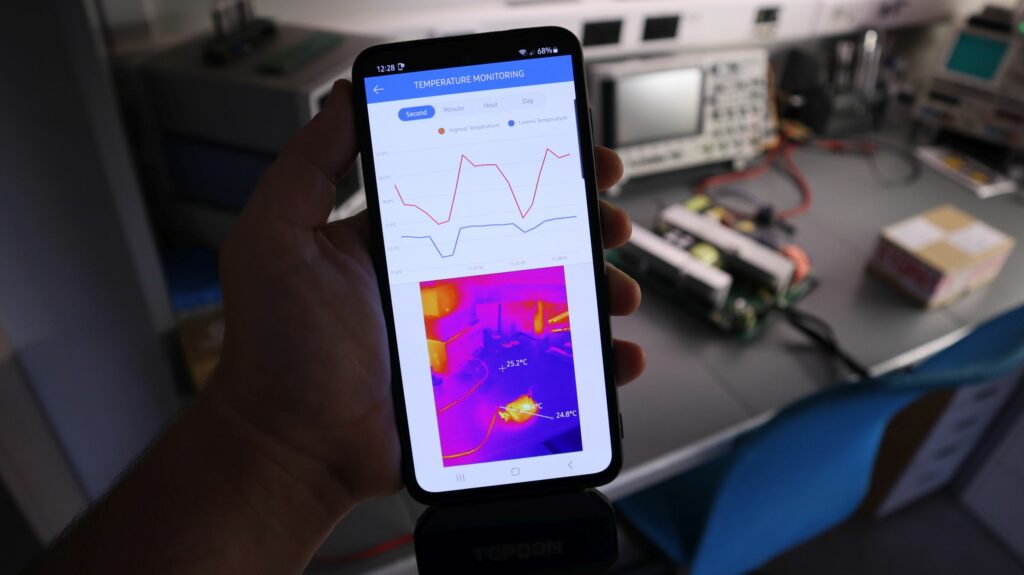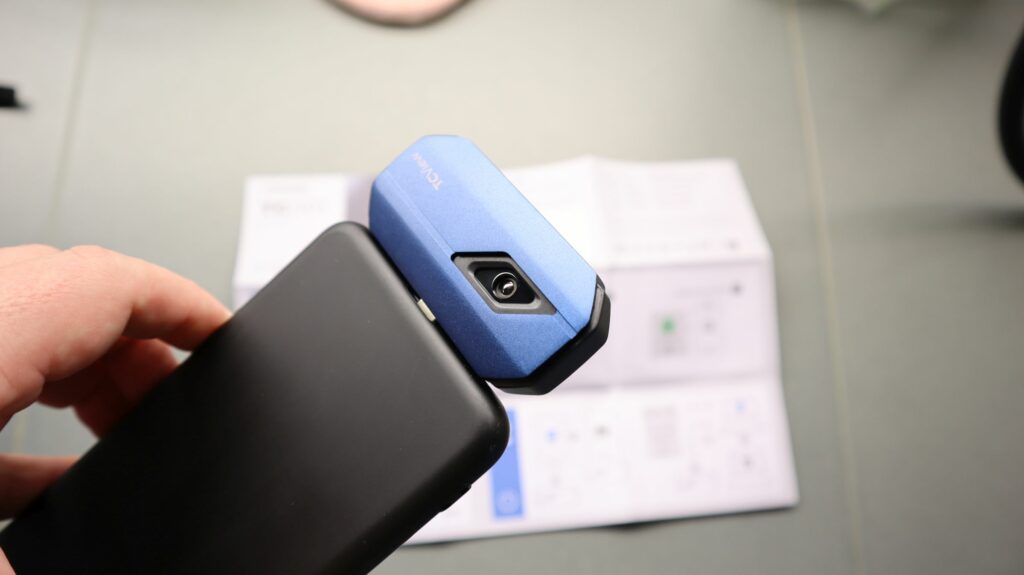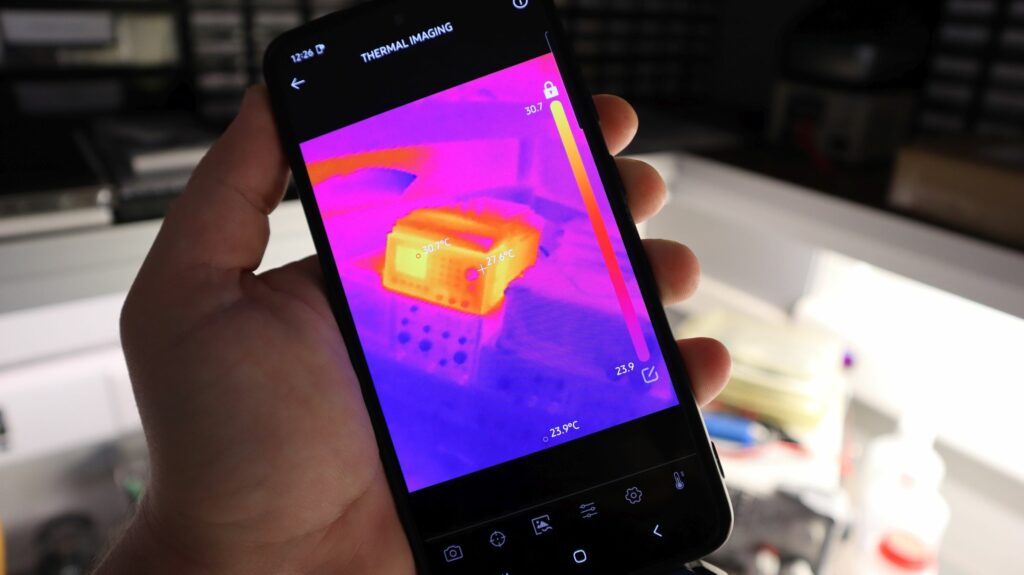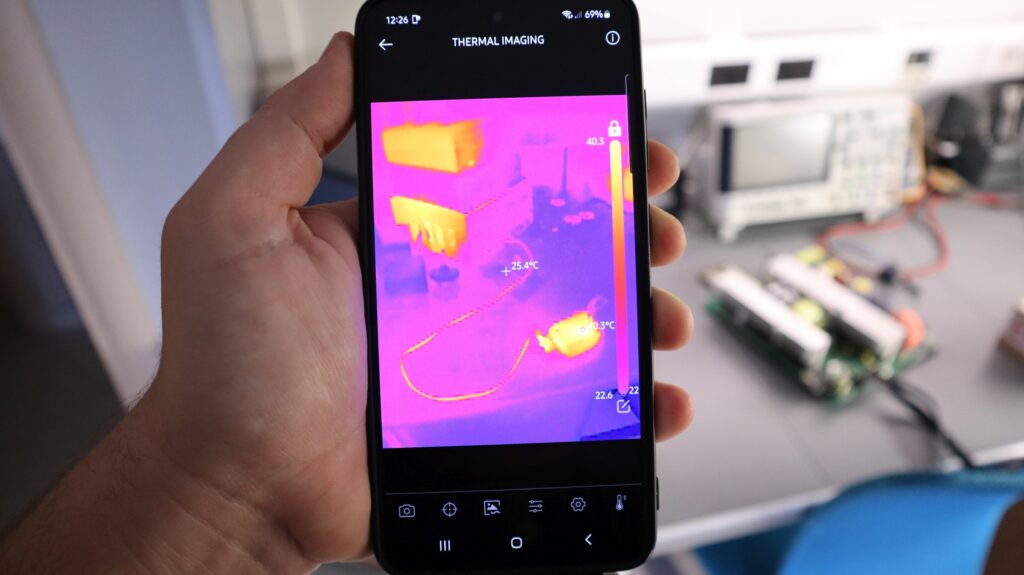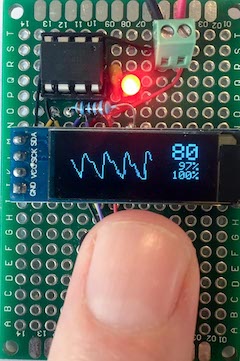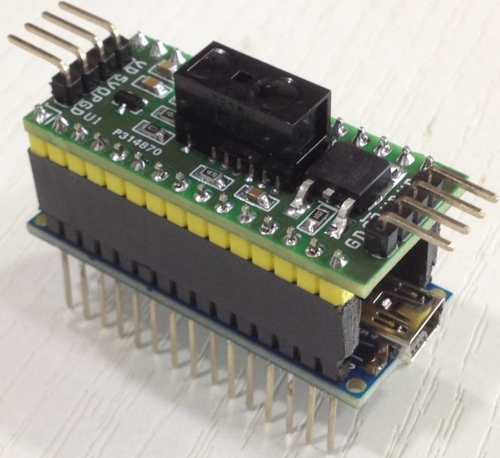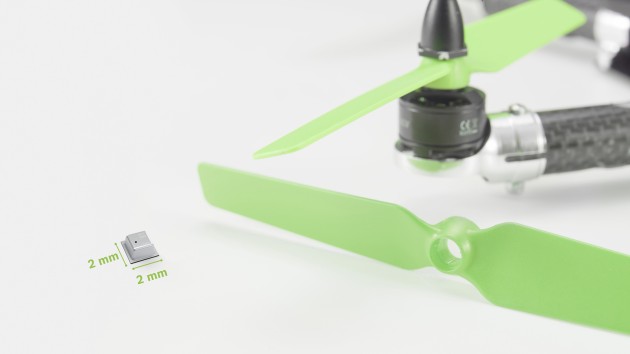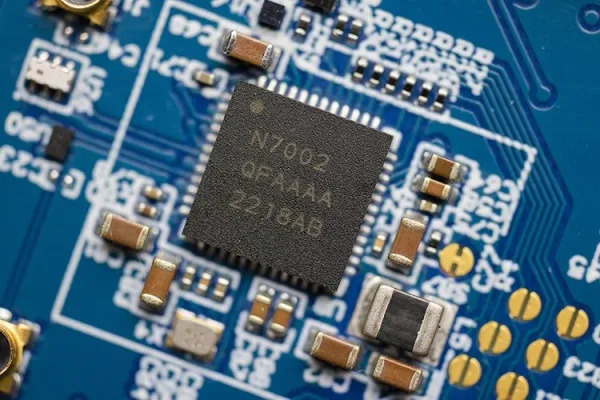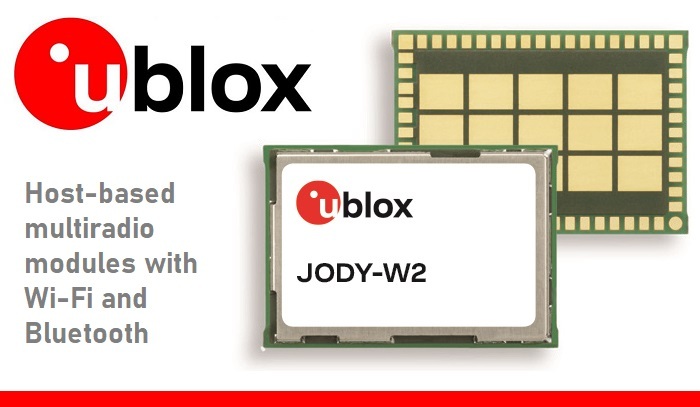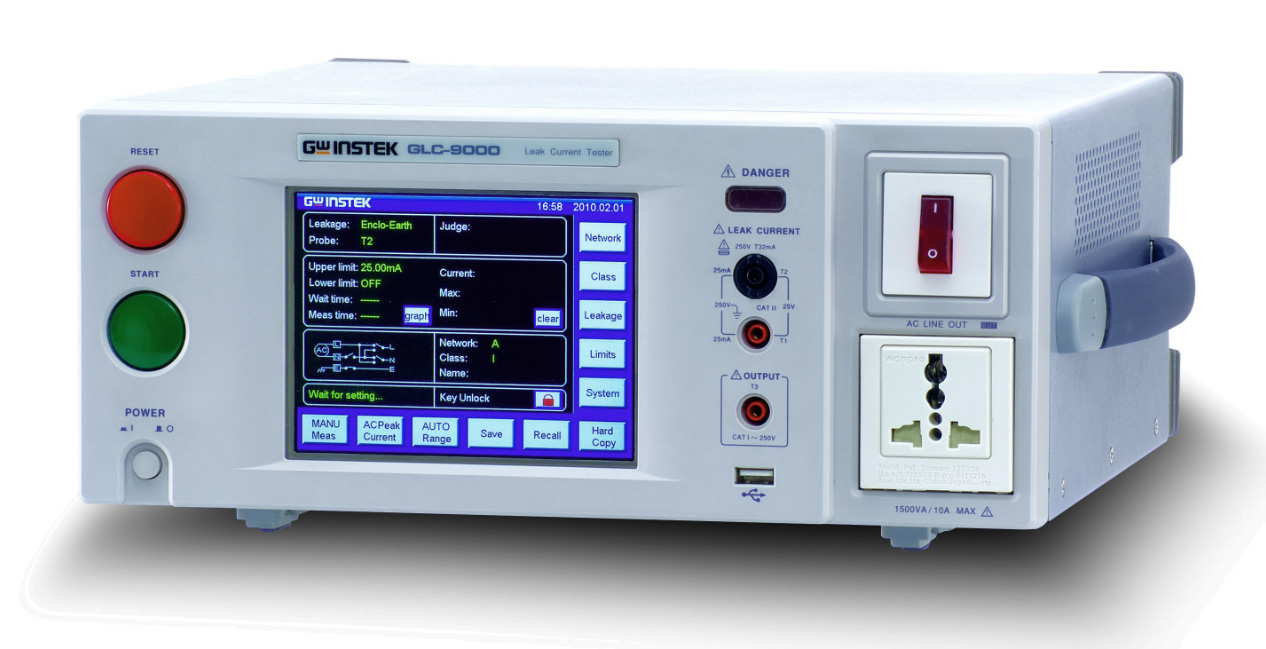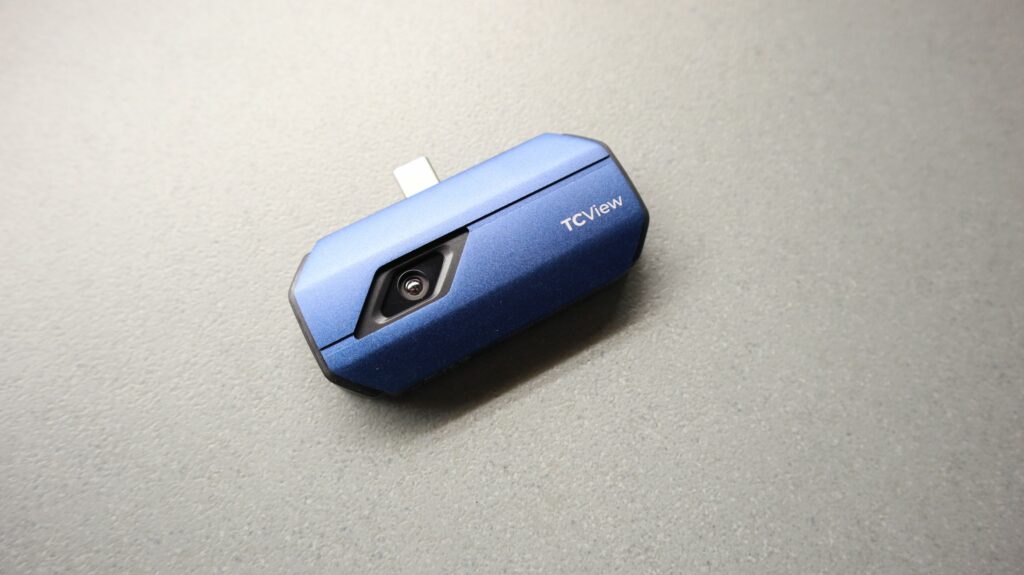
TOPDON Thermal Camera Offers Improved Temprature Range for Android or iOS
Introduction
Having your very own infrared thermal camera is very desirable. Previously, it was quite challenging to come across any options priced below $500. Even among those options, many had limited vertical resolutions of 100 pixels or less and subpar screens. However, there is now an intriguing alternative available: the TOPDON TC001 Thermal Camera. It offers nearly half the cost of smartphone-attached thermal cameras.
TOPDON TC001 Thermal Camera
The TOPDON TC001 Thermal Camera is specifically developed as an infrared thermal camera, intended for compatibility with Android phones, Windows computers, and laptops. It conveniently connects to a phone using a USB-C connection. By utilizing the TOPDON software, users can view a thermal representation of the scene they are observing. The camera enables capturing images and videos, monitoring temperature changes over a period, and offers a variety of additional features through the accompanying app.
Features
- Display a clear thermal image with an ultra-high infrared resolution of 256×192 pixels.
- View detailed temperature changes with high heat sensitivity of 40mk.
- Perform temperature detection with extreme accuracy, with a maximum of ±3.6℉ (2℃) temperature variance.
- Read temperatures on objects ranging from -4℉ to 1022℉ (-20℃ to 550℃).
- Manually select 3 dimensions to check the temperature: Point, Line (Highest and Lowest), and Surface (Highest and Lowest).
- Monitor temperature change by a waveform graph.
- Choose from a variety of color palettes for a more interactive experience.
- Adjustable upper and lower limits, and corresponding colors to view temperatures intuitively.
- Spectral Range: 8~14μm, Pixel Size: 12μm, Frame Rate: 25Hz
As you unpack the TOPDON TC001, you will discover the following items:
- The TOPDON TC001 Thermal Camera
- A USB extension cable with a USB-C to USB-A converter
- A cleaning cloth
- A carrying case
The dimensions of the TOPDON TC001 Thermal Camera are approximately 2.75″ x 1.75″ x 0.5″, making it a compact rectangular device. The thermal camera is located on the front-facing side of the unit. The top portion of the camera features a USB-C connection that is slightly longer than usual. This design ensures compatibility with phones, even if they have a moderately thick protective case. The backside of the TOPDON TC001 Thermal Camera is adorned with a simple TOPDON logo. The device is constructed with a combination of aluminum and plastic materials, providing a solid and durable feel.
Android App
In order to utilize the TOPDON TC001 Thermal Camera, you have two options: connecting it to an Android phone that supports OTG (On-The-Go) or a Windows PC. For my testing purposes, an Android phone will be used. To begin, you will need to download and install the TC001 app from the Google Play app store, which is a straightforward process.
After completing the installation process, you will be greeted with a screen that closely resembles the interface of a standard camera application on your mobile phone. However, by default, everything will be displayed in different shades of red. Within the app, you have the option to change the color palette to your preference. Additionally, you can capture images and videos, and make adjustments to various settings. For instance, you have the flexibility to narrow down the temperature detection range, allowing you to exclude temperatures that fall outside a specific range. We tested the Android App and we have to tell you that it’s very well-designed, operates fast, and has some features we haven’t seen on other thermal camera Apps. One of these features is the track and log the temperature of an object and show the results on a graph. Other features of the app include:
- DIY Temperature Range: Featuring a DIY temperature range ability, the TC001 allows users to set upper and lower limits, and corresponding color images will display when the object temperature exceeds this range. DIY Temperature Upper and Lower Limits: Only a separate upper or lower limit can be set, there is no longer a limit to 2 at the same time.
- Three Temperature-Reading Dimensions: Users can manually select 3 dimensions to check the temperature in the TC001 App: Point, Line (Highest and Lowest) and Surface (Highest and Lowest) dimensions. The 3 areas for each dimension, allow users to read temperatures in 9 areas simultaneously. When connected to a tablet, more areas can be tested with the Unlimited Dimension selection.
- Multiple Color Palettes: This thermal imaging tool offers 10 unique color palettes for mobile users to customize a temperature display. Users can read the temperature differences in a scene with the gradient colors of their choice. When using a tablet, 99 color palettes are available, offering more possibilities.
- New Temperature Bar Switch: Now users have the ability to turn on the temperature bar when taking pictures. Once the temperature bar is toggled on, it will remain displayed so that users can easily distinguish between the highest and lowest temperature in the picture, as well as which pseudo-color is selected.
- Shutter Switch Sound: According to user feedback, many do not like to hear the shutter click when using the camera. Users are now able to manually close the shutter.
Example Applications
The application of the TOPDON TC001 Thermal Camera is endless. You can use it to assess the insulation quality in your house. It will provide you with prompt insights into which windows and doors were potentially responsible for the most significant air leakage, indicated by variations in floor and ceiling temperatures compared to the rest of the house. The camera also proves helpful in swiftly identifying studs within the walls.
In general, the TOPDON TC001 Thermal Camera fulfills all the expectations one would have for it: it effectively displays and captures high-quality thermal images to serve diverse needs and purposes. Its compatibility with Android or iOS phones ensures convenient accessibility whenever I wish to examine thermal aspects.
In general, thermal cameras have various applications in the field of electronics engineering as well. Here are some examples:
- Fault detection and troubleshooting: Thermal cameras can be used to detect faulty components or connections in electronic circuits. By detecting temperature variations, they can help identify overheating components or areas with poor electrical contact.
- PCB analysis: Printed Circuit Boards (PCBs) are crucial components in electronic devices. Thermal cameras can be used to analyze the thermal distribution on PCBs, identifying hotspots that may indicate areas of concern such as inadequate cooling or excessive power dissipation.
- Quality control: Thermal cameras can be employed in the quality control process of electronic devices. By inspecting the thermal signatures of products during manufacturing or testing, they can identify defects like improper soldering, short circuits, or damaged components.
- Energy efficiency analysis: Thermal cameras can assist in evaluating the energy efficiency of electronic devices. They can measure heat dissipation, identify energy losses, and optimize designs to improve overall efficiency.
- Environmental testing: Electronic devices often need to operate in diverse environments. Thermal cameras can be used to simulate and analyze extreme conditions such as temperature cycling or thermal shock tests, ensuring the devices can withstand such conditions without performance degradation or failure.
- Thermal management: Efficient thermal management is critical in electronic systems to prevent overheating and ensure proper functioning. Thermal cameras can help evaluate the effectiveness of cooling mechanisms, such as heat sinks or fans, by visualizing temperature distribution and identifying areas with inadequate heat dissipation.
- Electronic component testing: Thermal cameras can be used to test electronic components for proper operation and performance. By monitoring temperature variations, they can detect anomalies, faults, or potential failure points in components like transistors, ICs, or power devices.
Sample Photos
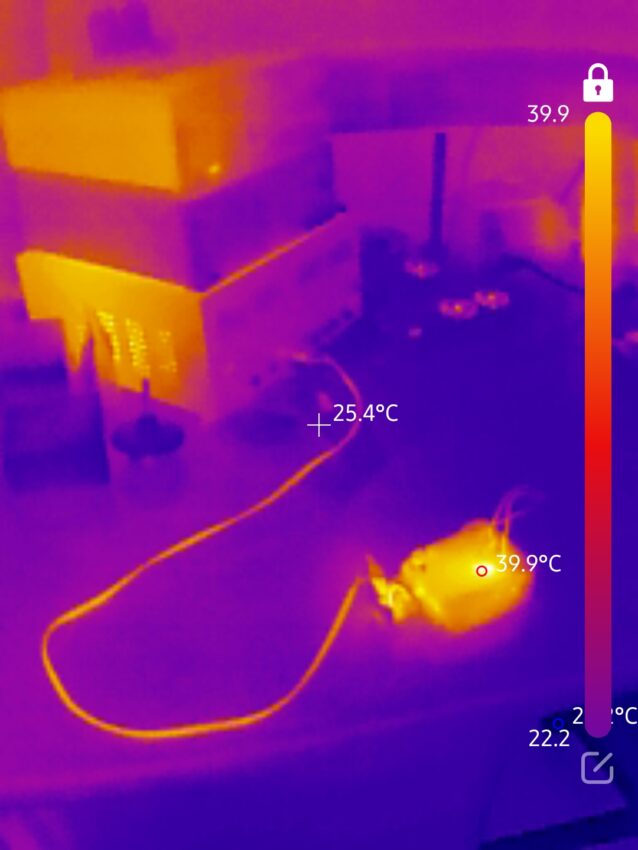
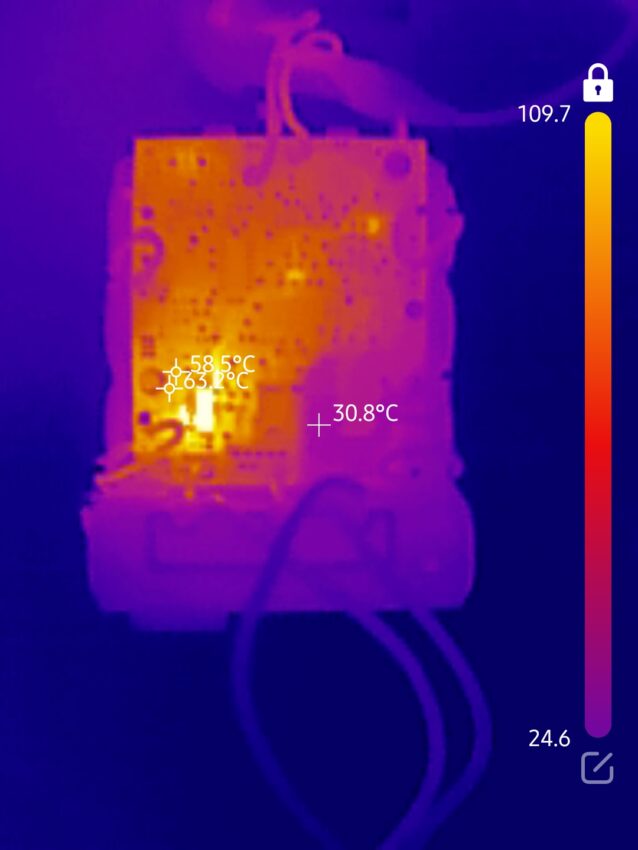
Video
Thermal camera in electronic repairs
More specifically, thermal cameras can be a useful tool in electronics repair for troubleshooting and identifying issues. Here’s how you can use a thermal camera in the electronics repair process:
- Power off the device: Before using a thermal camera, make sure the device is powered off and disconnected from any power source. This is important for safety reasons and to get accurate thermal readings without interference from active components.
- Prepare the thermal camera: Ensure that your thermal camera is calibrated and ready for use according to the manufacturer’s instructions. Set the appropriate temperature range and adjust the camera settings if necessary.
- Scan the device: With the thermal camera powered on, scan the device or circuit board. Look for any areas that show significant temperature variations. Hotspots or areas that appear unusually hot or cool compared to the surrounding components can indicate potential issues.
- Identify overheating components: Pay attention to components that are generating excessive heat. These components may indicate a problem such as a faulty part, inadequate cooling, or excessive power dissipation. Thermal imaging can help pinpoint the exact location of the heat source.
- Check for thermal anomalies: Look for temperature variations across different parts of the circuit board or device. Inconsistent temperatures may indicate poor electrical connections, shorts, or other faults. Thermal imaging can help identify these anomalies, guiding your repair efforts.
- Assess cooling mechanisms: Evaluate the effectiveness of cooling mechanisms such as heat sinks, fans, or thermal pads. Use the thermal camera to check for proper heat dissipation and ensure that heat-sensitive components are adequately cooled.
- Compare thermal patterns: If you have access to a known working device or a reference board, you can compare its thermal patterns to the device you’re repairing. This can help identify any discrepancies and give you a clearer idea of potential problem areas.
- Document and analyze: Capture images or videos with the thermal camera to document the thermal patterns and areas of concern. Analyze the captured data to gain insights into the nature of the problem and assist in the repair process.
Purchase
The thermal camera comes in two versions, for Android and for iOS. If you are interested in purchasing the TOPDON TC001 for Android, visit this Amazon link. If you want the TOPDON TC002 iOS version then follow this Amazon link.





